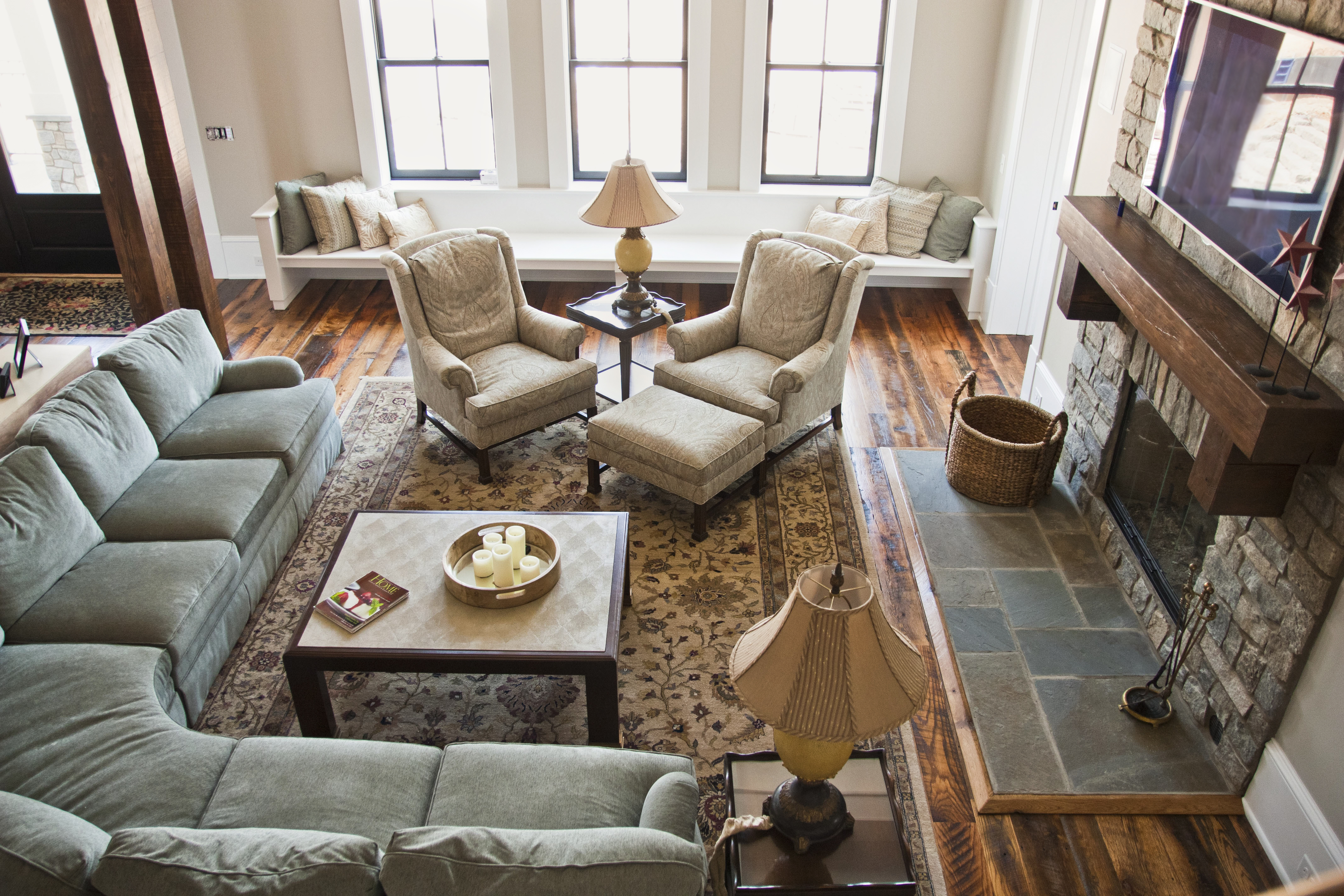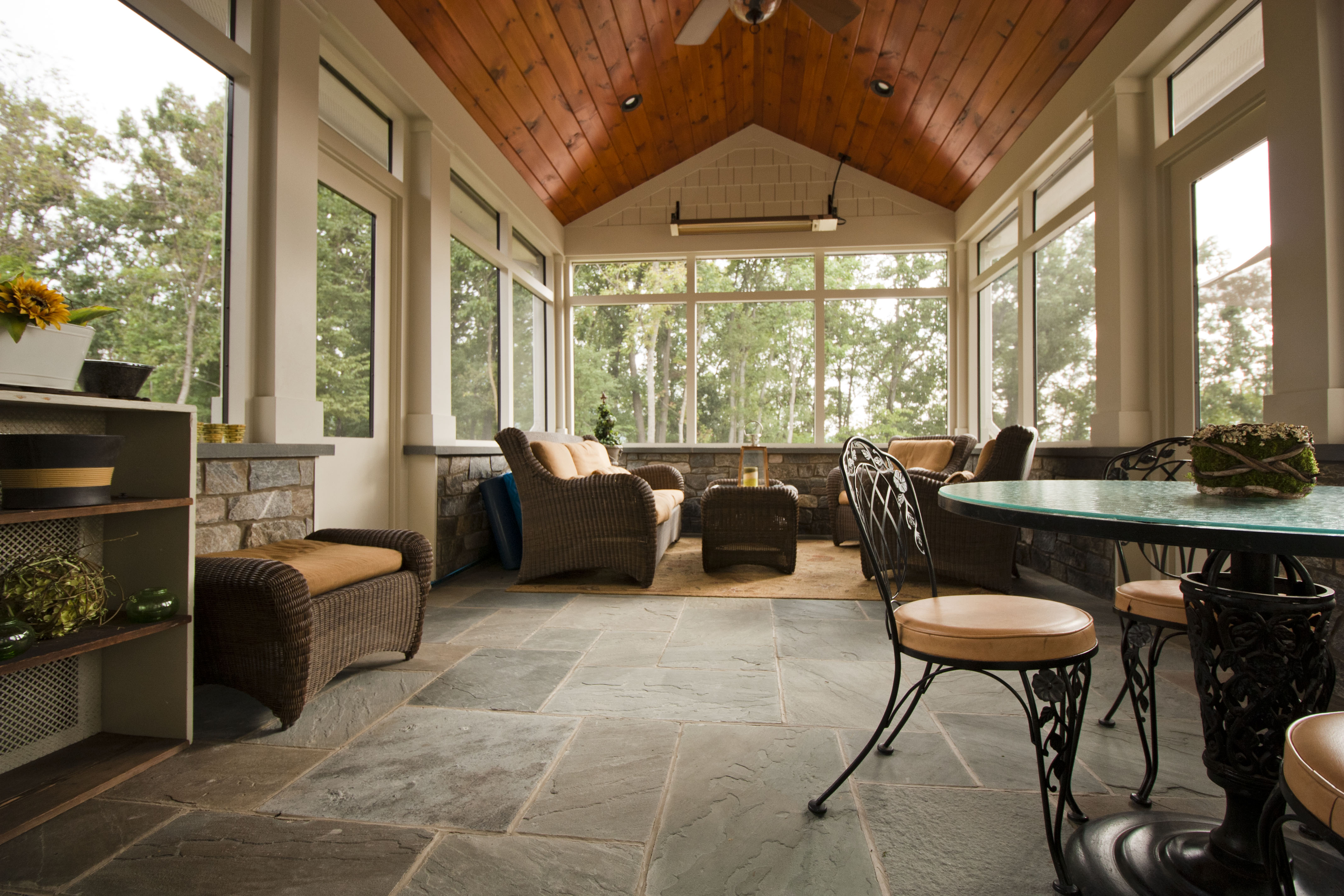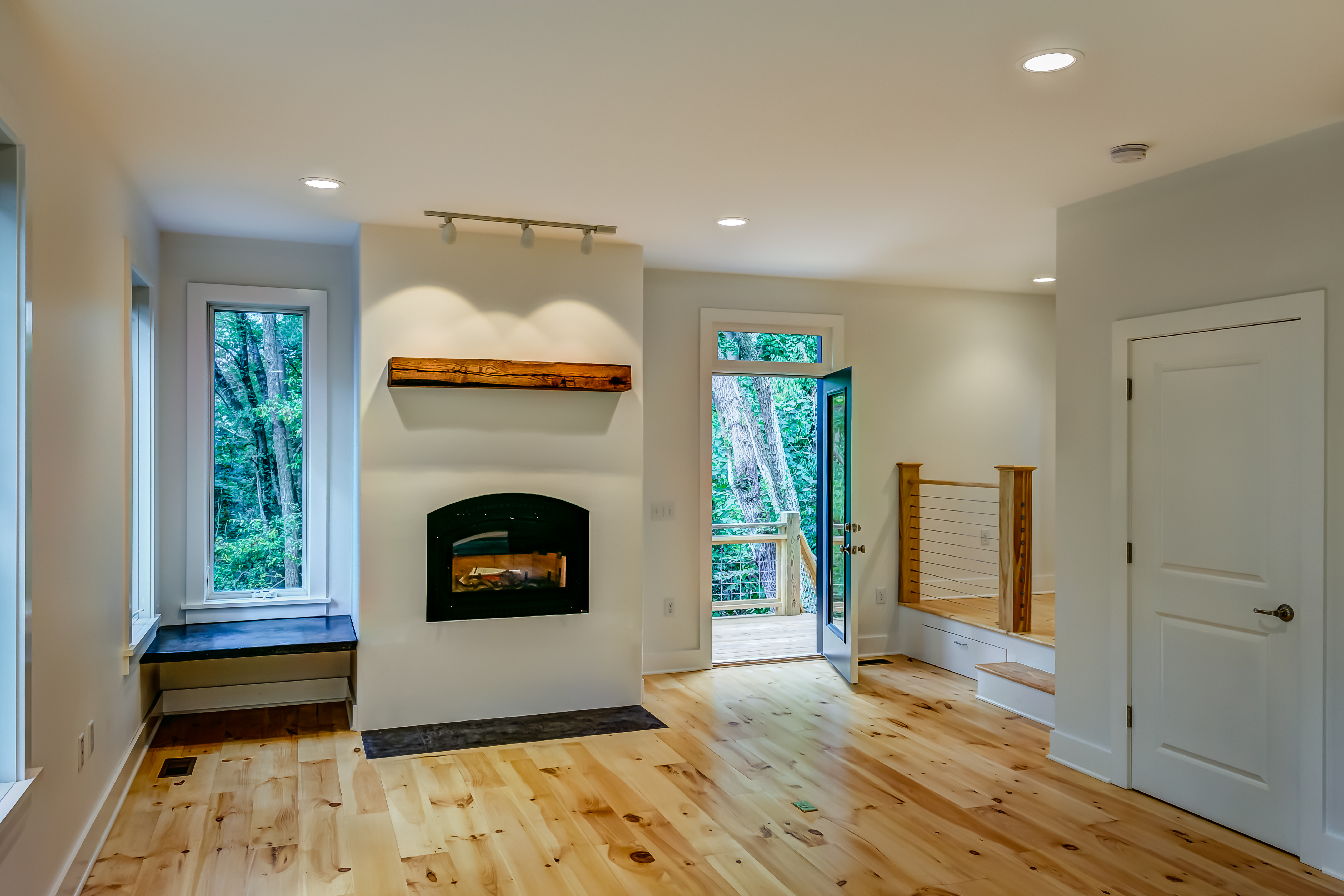by harrisonburgarchitect | Dec 10, 2014 | architecture, Harrisonburg Architect
The tiny house movement has gained a huge amount of momentum since Katrina Cottages became mainstream news. Do you think you can live in 150 sf? What about 6oo sf? So what is a tiny house to you?
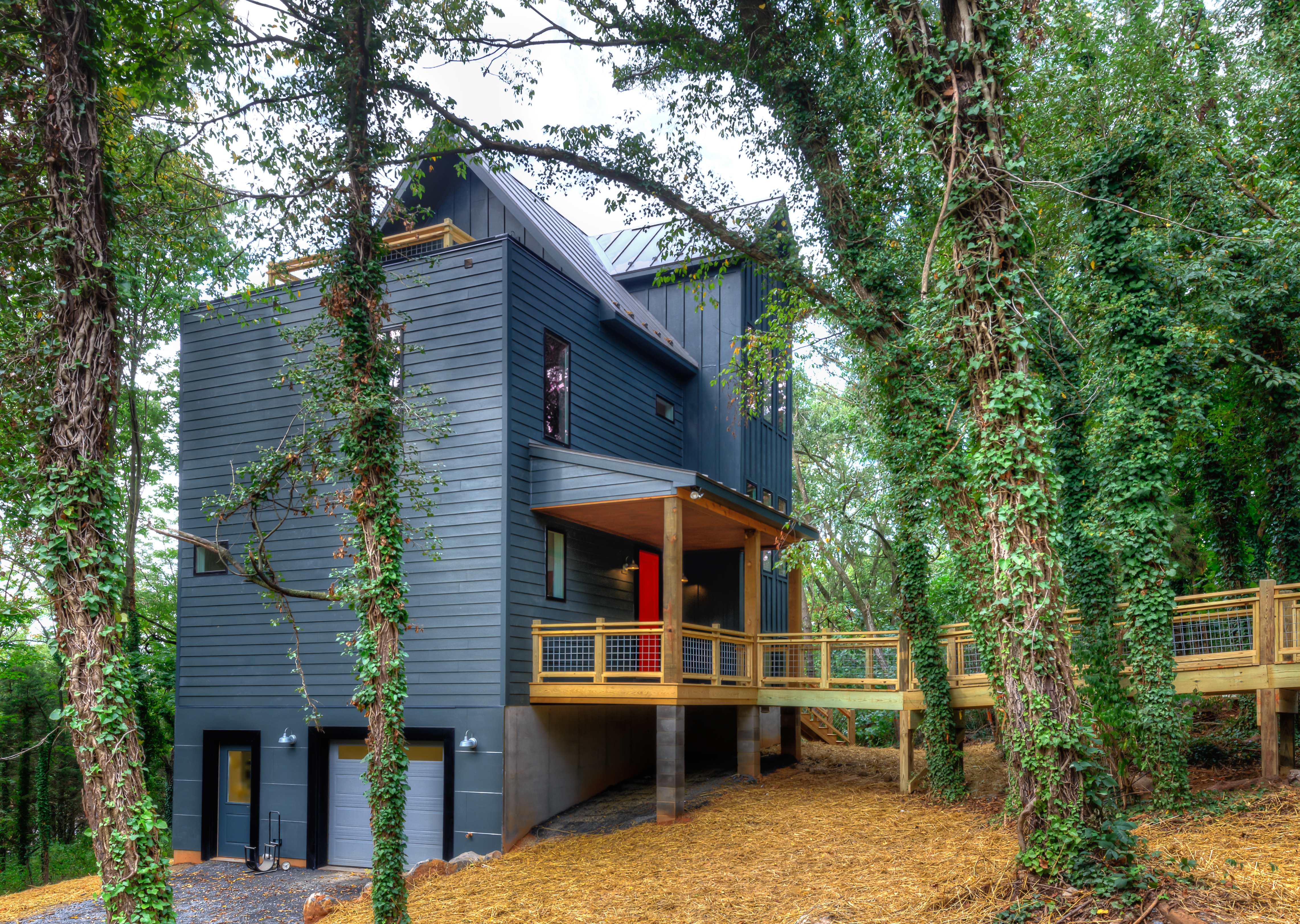
When designing a green home determining the right size for you is as important as designing for energy-efficiency. Conserving resources comes in many forms in the building industry. Local resources are a huge part of creating a sustainable solution as well as making your home energy-efficient. However, both of these strategies are directly dependent on the size of your home. How much space do you really need to live life to the fullest?

Making your home right sized takes careful thought and planning. There are no universal sizes for a dining room that works for all families. How do you use the space, do you even need the space? Learning how you live life, think about planning for the future ways you may live, and working through your personal values will inform size of rooms. Taking care to think through these questions is one of the more important aspects of the design process. These are the kind of questions that come with custom design and does not get addressed when purchasing plans online or from a drafter.

So what is the right size home for you? How many bedrooms do you need? Do you need a formal living room, what about a dining room? How much time will you spend in the bonus room, how much stuff do you have that you need to store in the off-season (decorations, sports equipment, keepsakes)? Perhaps a 150 sf house is too small for you, but maybe we can reduce your 2,500 sf program into a 2,000 functional solution with a little conversation.
by harrisonburgarchitect | Dec 8, 2014 | architecture, Harrisonburg Architect
 Infiltration – The uncontrolled inward air leakage through cracks and holes in the building envelope and around windows and doors of a building. Its typically caused by the pressure effects of wind and/or the effect of differences in the indoor and outdoor air density. This can be a garage door opening or even a light breeze against a garage door, a forced air heating and cooling system, or unbalanced pressures room to room in a home.
Infiltration – The uncontrolled inward air leakage through cracks and holes in the building envelope and around windows and doors of a building. Its typically caused by the pressure effects of wind and/or the effect of differences in the indoor and outdoor air density. This can be a garage door opening or even a light breeze against a garage door, a forced air heating and cooling system, or unbalanced pressures room to room in a home.
This time of year, comfort issues in your home are highlighted while we all try to stay warm. A breeze running down a wall, under a door, or from an attic access makes it really hard to be comfortable. This comfort issue is a big signal that you have energy-efficiency issues in your home. Finding the leaks and plugging the leaks will not only make your home more comfortable, it will reduce your monthly electric bills. The best way to find the leaks is doing a blower door test and using thermal imaging technology. However, a smoke stick or even a candle can identify the big leaks.
by harrisonburgarchitect | Dec 4, 2014 | Harrisonburg Architect
 This Saturday, Dec 6, 2014, from 11 am – 4pm you can tour some of the coolest homes in downtown. The annual HDR Holiday Home Tour showcases everything from historic charm to modern luxury to retro nostalgia and industrial chic in the projects featured this year. You are invited to visit homes in Old Town to see and hear a renovated pipe organ, get a bird’s-eye view from the “treehouse”, and be among the first to see the exciting new businesses within the historic renovation of the Ice House.
This Saturday, Dec 6, 2014, from 11 am – 4pm you can tour some of the coolest homes in downtown. The annual HDR Holiday Home Tour showcases everything from historic charm to modern luxury to retro nostalgia and industrial chic in the projects featured this year. You are invited to visit homes in Old Town to see and hear a renovated pipe organ, get a bird’s-eye view from the “treehouse”, and be among the first to see the exciting new businesses within the historic renovation of the Ice House.

The tour on Saturday is open to anyone, simply purchase a ticket and check in at the Blue Ridge Architect office, 126 W. Bruce Street. There you can get a map and some refreshments. We will be stationed at the “Treehouse” that we designed at 315 Grattan Street. This is one of my favorite design projects over the 15 years I have been in the industry. It is a must see! Other stops include a house filled with vintage art and radios, a historic home with a full pipe organ, several of the new businesses in the Ice House, and of course there will be carolers and music along the way.

Advance tickets (GET A DISCOUNT!!!) can be purchased at The Rocktown Gift Shop or online: http://www.downtownharrisonburg.org/events/downtown-holiday-tour/
by harrisonburgarchitect | Nov 28, 2014 | architecture, Harrisonburg Architect

While some are fighting over a $100 saving on a television, there are better deals to be found on this Friday and really everyday.

Energy Efficient appliances – When replacing appliances look for the energy star logo. Replacing a 1980’s model refrigerator with an energy star labeled appliance can save you $100 a year. Since these appliances can last 15+ years, a total savings of $1,500.

Water Efficient Fixtures – Installing water sense shower heads, efficient faucets, and native landscaping can cut your annual water bills by more than $100 a year. Since these fixtures will last 20+ years, a total savings of $2,000.

Air Sealing – Getting your home air tight not only improves comfort, but also reduces your monthly energy bills. This can result in savings of more than $120 a year. Since a home built for a lifetime can last, well a lifetime, lets say 30 years – this can result in savings of $3,600.

Insulation – You can always add a second blanket to your bed in the cold weather, but what about adding a second blanket to your home. Insulating the attic and crawl space can improve energy efficiency by more than 50%. Based on the average monthly electric bills in our area being $110 per month, this can result in annual savings of $660 or a 30 years savings of $19,800.

Efficient Lighting – The savings for lighting can be substantial depending on the amount you leave the bulbs burning. Selecting LED bulbs can reduce energy used by $50 annually. Since these bulbs will last on average 15+ years, this could result in $750 in savings.

So instead of looking for those minor black Friday savings of a couple of hundred dollars in savings, look at energy-efficiency savings that could result in $25,000+ in savings.
by harrisonburgarchitect | Nov 26, 2014 | architecture, Building Science, Harrisonburg Architect
While the kitchen is often the heart of your home this time of year, the living room is just as important. The spaces we have to gather, relax, reconnect, and recharge are critical to our health and the health of our family. Having a space that allows for this to happen away from the dirty dishes and chore list you keep on the refrigerator makes your house a home.
![IMG_1016[1]](data:image/gif;base64,R0lGODlhAQABAAAAACH5BAEKAAEALAAAAAABAAEAAAICTAEAOw==)
The living room should show your style, speak of your values, and set a tone for the rest of your home.

While living rooms vary is size and shape there are some critical elements that make them more functional. First they have to be right sized for the occasion. Since you may entertain for different size groups an adaptable space is important to allow for a small group to feel cozy and a large group to be comfortable.

As with most rooms in the home, access to the outside is important – either views or even a direct path to a patio or deck makes the space feel larger and more inviting. You may even have an extension of your inside space into a semi-outside living room space.

Creating a center in the space allows for focus, this may be a fireplace, view through a window, or a television. The most important part of this space is to make it work just right for you and your family. There are no rules to follow in custom design – after all – it is custom designed for you. Share your thoughts in the comment section below – what is your must have for a living room?

by harrisonburgarchitect | Nov 21, 2014 | Harrisonburg Architect
Canstruction is a unique international nonprofit organization which hots competitions, exhibitions, and events showcasing colossal structures made entirely out of full cans of food. After the structures are built the creations are on display to the public as a giant art exhibition. At the end of the viewing, all food is donated to local food banks.
Why Canstruction Matters?
The Blue Ridge Area Food Bank exists for a few very simple reasons: Food sustains life. It restores options. It provides hope.
BRAFB is an emergency food assistance agency that serves more than 114,000 people each month, a near record in the Food Bank’s history. Last year, we distributed 18 million meals to hungry families across the Blue Ridge. We expect to serve even more this year. The economy might be improving for many of us, but for the working poor, hunger is a daily struggle. Families shouldn’t have to choose between paying the electric bill or buying groceries.
About Canstruction
Founded in 1992, Canstruction promotes the design community and raises food for hunger relief efforts. More than 100 Canstruction competitions were held in cities around the world last year, making it one of the largest international food drives.
Exhibit Dates: April 11-12, 2015
Begins: April 11, 2015 @ 5:00 AM
Ends: April 11, 2015 @ 5:00 PM
Exhibit Location: SVBA Home and Garden Show
Rockingham County Fair Grounds
Harrisonburg, VA
Rules: click here
Awards Gala: April 11, 2015 @ 5:30 PM
Who can participate? YOU! Form a team today and register ASAP!
Registration: Here


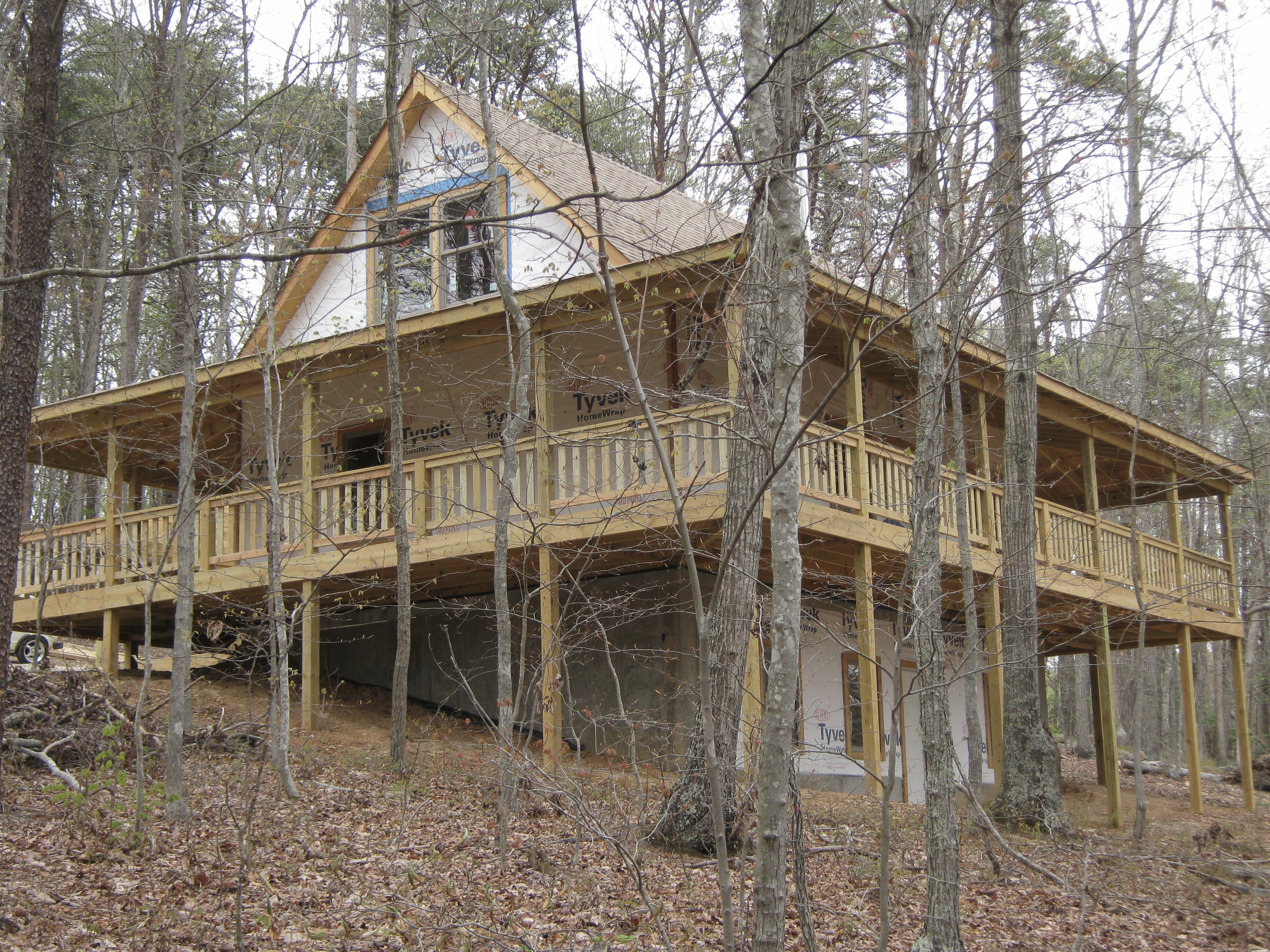
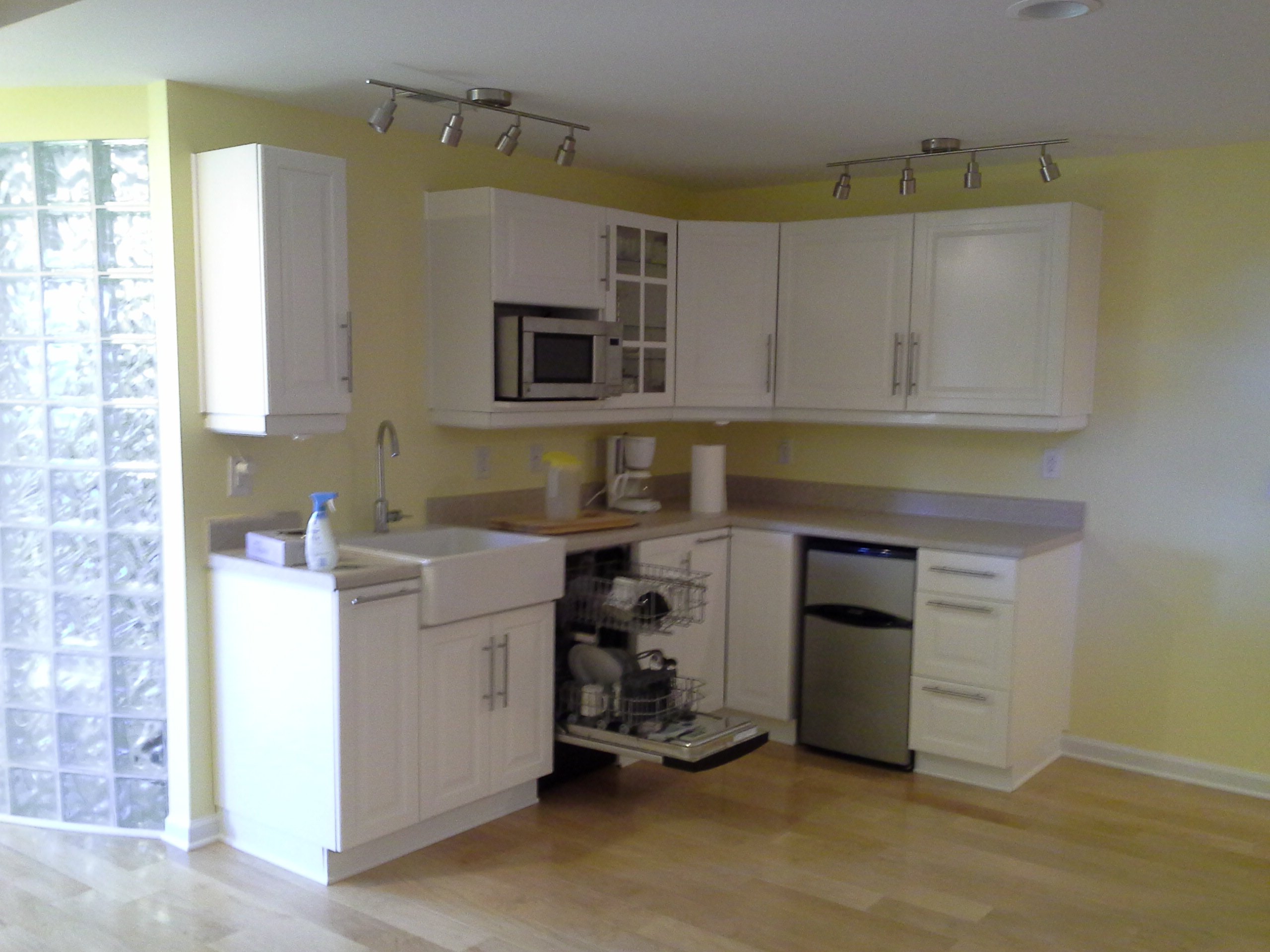

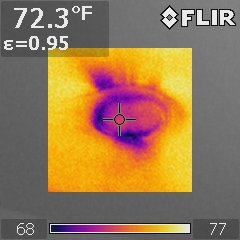 Infiltration – The uncontrolled inward air leakage through cracks and holes in the
Infiltration – The uncontrolled inward air leakage through cracks and holes in the 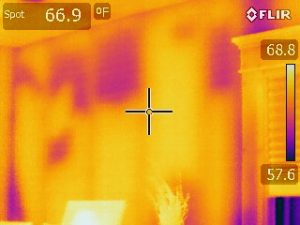

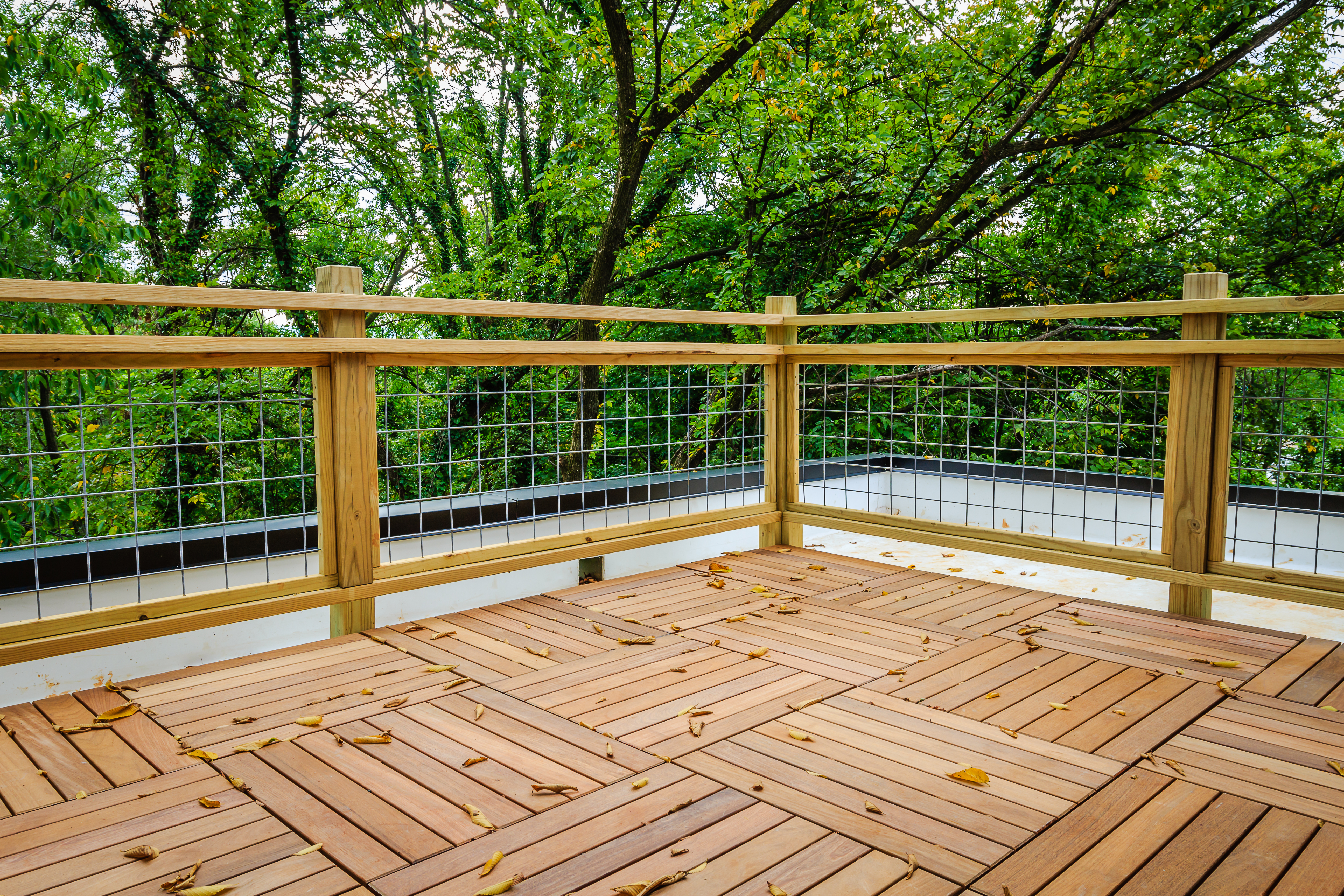
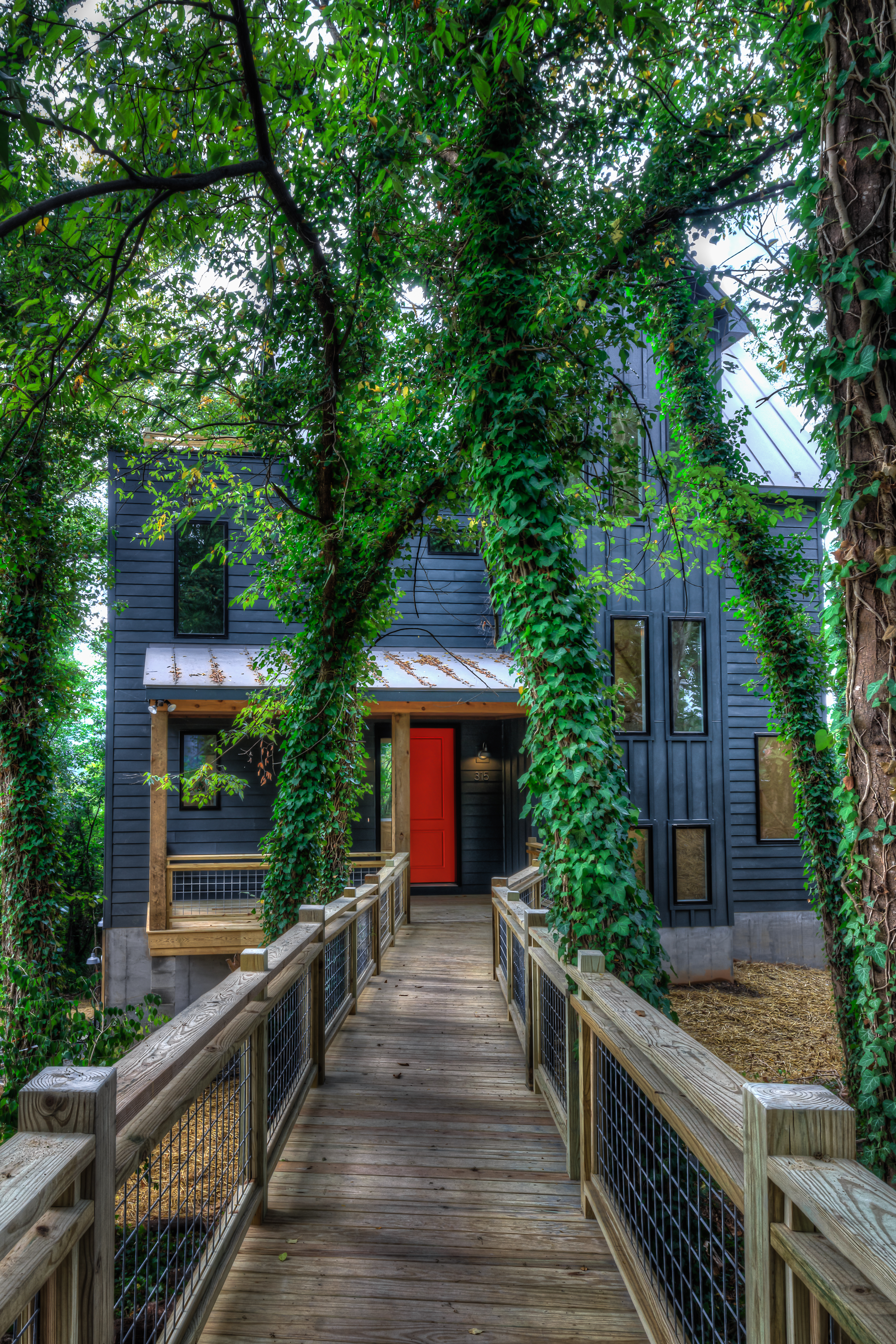

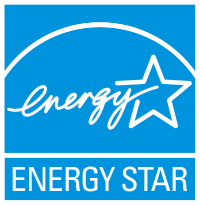

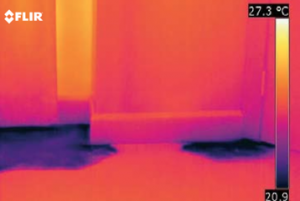
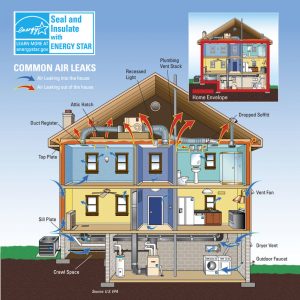
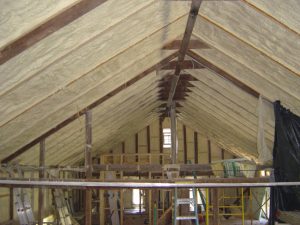
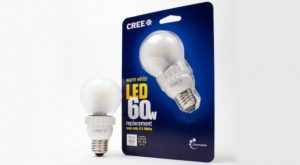
![IMG_1016[1]](https://www.thegainesgroup.com/2012/12/img_10161.jpg?w=300)

